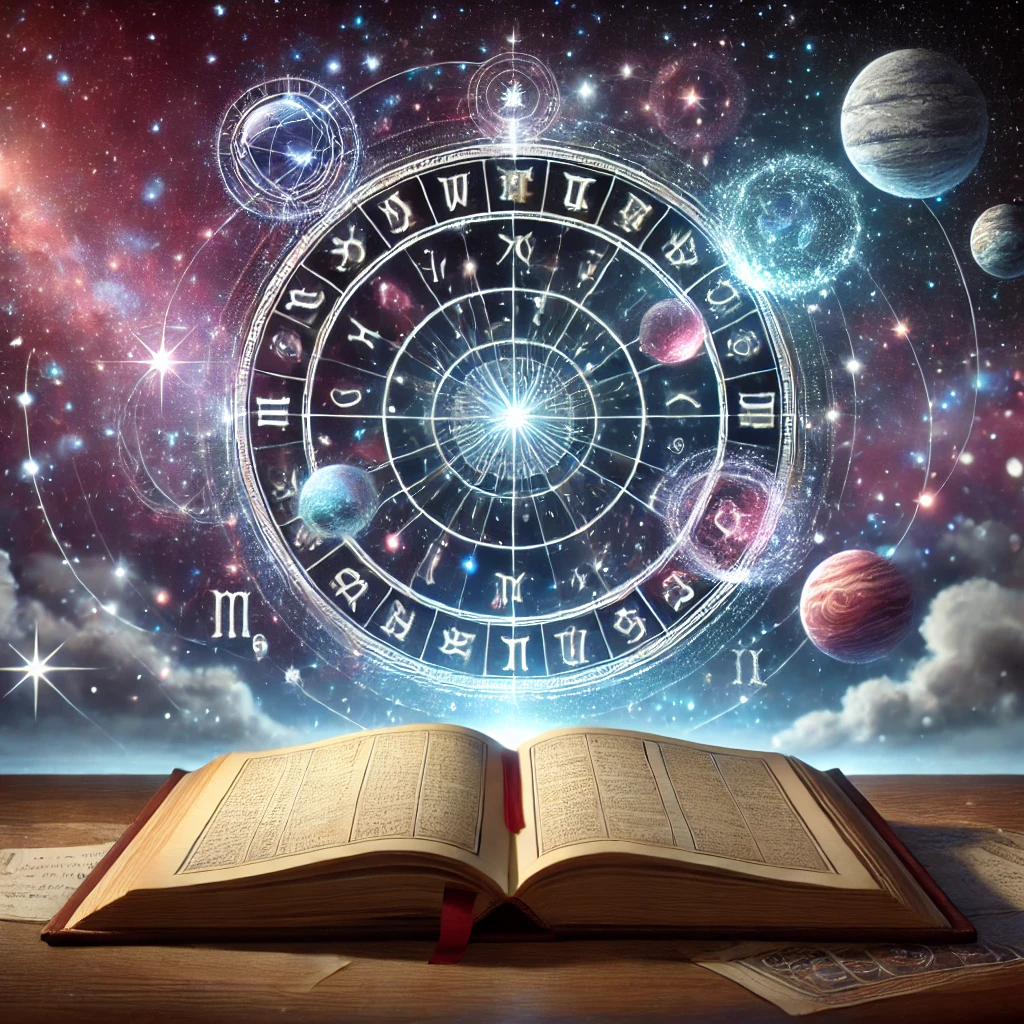Horary astrology is a specialized field that focuses on answering specific, immediate questions by analyzing the positions of celestial bodies at the time the question is asked. It relies on a precise understanding of astrological terminology and concepts to provide accurate insights. Whether you’re a beginner or a seasoned astrologer, familiarizing yourself with the terminology used in horary astrology is essential to interpreting charts and gaining deeper insights into the answers they provide.
This glossary aims to explain the key terms and concepts that are frequently used in horary astrology. From the significance of planetary aspects to the role of the houses and timing in the chart, understanding these terms is crucial for both novice and advanced practitioners of horary astrology. By exploring this glossary, you’ll be equipped with the foundational knowledge necessary to dive deeper into the practice and better interpret horary charts for specific questions.
- Horary Chart — An astrological chart cast for the exact moment the question is asked. It is analyzed to provide answers to specific questions based on the positions of the planets, aspects, and houses.
- Querent — The person asking the question for which the horary chart is cast. The querent is the subject of the inquiry.
- Ascendant — The sign that was rising on the eastern horizon at the time the horary chart was cast. It represents the querent and the approach to the situation.
- Moon — Often considered the secondary significator in horary astrology, the Moon represents the unfolding of events, emotional tone, and timing in the situation.
- Ruler of the Question — The planet that governs the area of life related to the question. For example, Venus might be the ruler for questions about relationships, while Mercury would be used for business and communication questions.
- Quintile — An aspect of 72 degrees between two planets. It is often seen as a creative or inspired aspect, suggesting an intuitive understanding of the situation.
- Sextile — An aspect of 60 degrees between two planets. It is considered a harmonious and favorable aspect, indicating opportunities and potential for progress.
- Square — An aspect of 90 degrees between two planets. This is a challenging aspect, often indicating obstacles, tension, or delays in the matter at hand.
- Opposition — An aspect of 180 degrees between two planets. It often suggests conflict, opposition, or an imbalance between the forces in the chart, pointing to challenges in reaching a resolution.
- Conjunction — An aspect where two planets are positioned very closely together (0 degrees apart). This is a powerful aspect that often indicates a strong connection or intense focus on a particular area.
- House — One of the 12 segments of the horary chart, each representing different areas of life (e.g., the 7th house for relationships, the 10th house for career). The position of planets in these houses gives insights into the focus of the question.
- Transits — The movement of planets over time. In horary astrology, transits can be used to understand how ongoing planetary movements may affect the outcome of a specific question.
- Timing — Refers to predicting when an event will occur. In horary astrology, timing is often determined by the Moon’s movements, aspects, and speed.
- Aspect — The geometric relationship between two planets, often measured by the angles between them. Aspects can be harmonious (trine, sextile) or challenging (square, opposition).
- Retrograde — When a planet appears to move backward in the sky due to the relative motion of Earth. In horary astrology, retrograde planets often indicate delays or complications in the situation.
- Fixed Stars — Stars located in the sky that are used in some branches of astrology to provide additional insight. In horary astrology, the placement of fixed stars can sometimes be considered in the interpretation of a chart.
- Waxing Moon — The phase of the Moon between the New Moon and the Full Moon. It is associated with growth, progress, and the building of energy in the situation.
- Waning Moon — The phase of the Moon between the Full Moon and the New Moon. It represents decline, conclusion, or letting go of a situation.
- Lord of the Hour — A planet that rules the astrological hour in which the horary question is asked. This planet can influence the interpretation of the chart by offering additional information about the timing and quality of the situation.
- Benefic and Malefic Planets — Benefic planets (like Venus and Jupiter) are considered positive influences, bringing harmony, success, and opportunities, while malefic planets (like Mars and Saturn) are seen as bringing obstacles, delays, and challenges.
